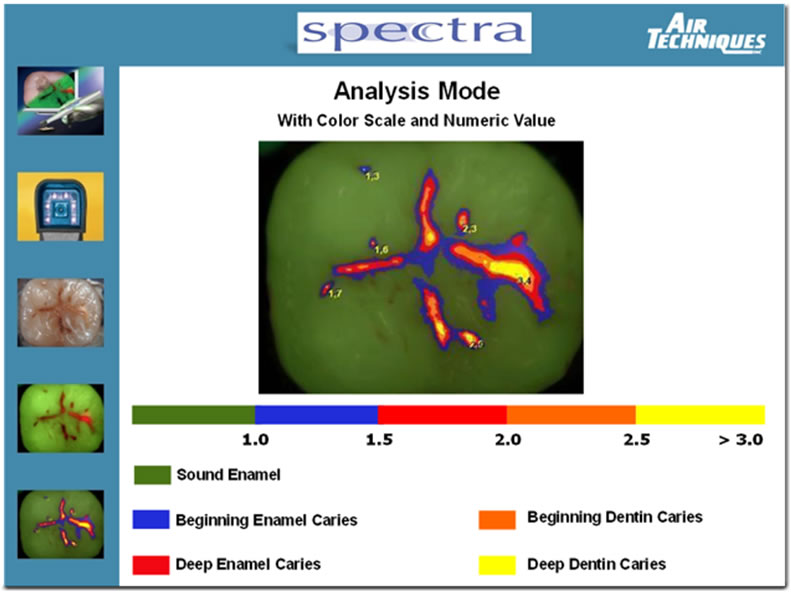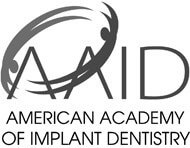 Over the past several years, dentistry has taken a drastic change with new advances continuing to develop at an exponential rate. One drastic change is the ability to detect caries, or cavities, with the use of a non-invasive, digital imaging instrument called the Spectra. Not only are x-rays crucial in diagnosing cavities, but the use of an intra-oral camera can help aid in the detection of decay as soon as it reaches the surface. Detecting decay, or cavities, at an early stage allows clinicians to treat the specific areas in a much more conservative manner. The use of digital imaging technology in today’s dental practice is important for attaining the highest standard of care. So, how does this Spectra Caries Detector Aid work?
Over the past several years, dentistry has taken a drastic change with new advances continuing to develop at an exponential rate. One drastic change is the ability to detect caries, or cavities, with the use of a non-invasive, digital imaging instrument called the Spectra. Not only are x-rays crucial in diagnosing cavities, but the use of an intra-oral camera can help aid in the detection of decay as soon as it reaches the surface. Detecting decay, or cavities, at an early stage allows clinicians to treat the specific areas in a much more conservative manner. The use of digital imaging technology in today’s dental practice is important for attaining the highest standard of care. So, how does this Spectra Caries Detector Aid work?
The Spectra is a hand-held, intra-oral camera that detects tooth decay on the biting surfaces of the tooth by measuring increased light-induced fluorescence. In other words, when projecting high-energy, LED lights onto the tooth surface, cavities become more visible than often see by the naked eye. An image of the tooth is then sent over to a TV monitor to be discussed with the patient. The cariogenic bacteria that causes the decay, or cavities, fluoresces a bright red/orange color. On the other hand, healthy tooth structure fluoresces green. Alongside the fluorescent lighting is a diagnostic value, as seen in the picture below. Once bacteria penetrate past the enamel, the outermost layer of the tooth, the decay is no longer reversible and must be treated. However, if the cariogenic bacteria are still confined to the outer enamel layer, the cavity process can be stopped, or reversed.
Digital advancements, such as the Spectra technology, are not only a wonderful aid in diagnosing cavities, but also extremely educational for patients. Displaying exactly where the necessary areas of concern are, through a visual image, is particularly beneficial to the patients’ oral health. This technology allows clinicians to provide the most optimal treatment for their patients. By doing so, the patient is being treated with the highest standard of care.
 DR. DIPILLA IS NOW
DR. DIPILLA IS NOW 







